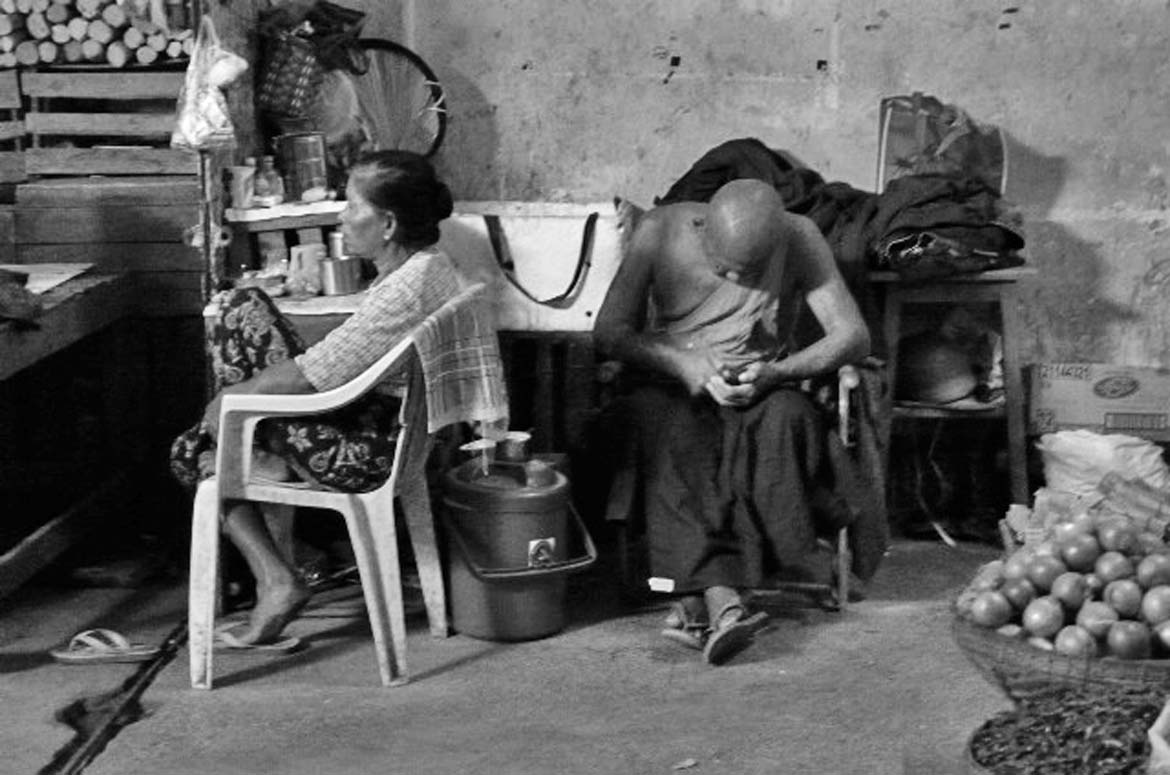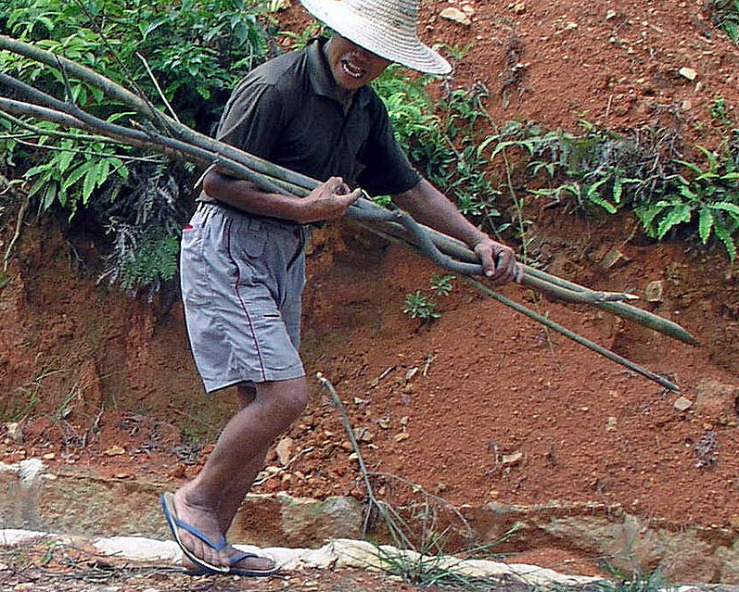Medina life
 02.11.2012
02.11.2012 Once upon a time there was this small dusty town at the edge of the Medina. A huge decrepit filthy amazing series of connected passageways branched off the square.
A traveler found some high quality silver bracelets, inspected old Tuareg jewelry, rugs, carpets, bowls, dishes, green ionized utensils, a long bullwhip, elaborate Berber bags and junk. In a courtyard men bought and sold bags of recycled pots, pans, brass, and silver as merchants haggled.
The day was hot. The souk was cool. As he walked past endless supplies of mass produced stuff for tourists he slipped into photographing mode without being obtrusive. The camera is an eye and mirror.
He was lost on purpose. He knew every twist and turn and followed the smell of leather. Inside a small narrow corridor he turned into a maze of tight alleys. People lived in poverty here, their scraps of clothing on thin lines in stale air.
Inside a small room a boy, 10, applied coats of thick viscous liquid paste to leather. The traveler wanted to make a photograph of his face. An older boy demanded too much money. They offered him a chair.
The bare room was 8x10. The fumes were overwhelming. The traveler sat, negotiated and tried to avoid inhaling the fumes. No ventilation. A dim light, empty walls with leather punching tools, piles of treated leather, new leather needing the brush. They engaged in broken animated conversation and when the traveler knew they had no deal he left.
This was the only way to deal with some people, show them your back, show them the soles of your shoes. Business is business. They sang. Brushing down leather.
They were part of the production process puzzle.
An area of low wages. In these under-regulated workshops you either keep up the pace or go hungry.
The boy earns $6 for a six-day week. Child labor and economic exploitation.
UNICEF has targeted Moroccan authorities to persuade artisans to stop hiring children under 12 and release those already employed for a few hours of schooling each week.
Metalworking is the most hazardous field, followed by jewelry and mosaic-making, because of the chemicals used. Children working with slipper-makers are exposed to vapors from the glue and dust causes respiratory problems for those working in the pottery sheds.
Child labor was linked to the politically sensitive question of educational provision.
Poor families regard schooling as of little use in the real world.
There has been little pressure as yet from political parties, trade unions, or wider public opinion for any stricter stance on child labor.
In the old slave market sun burned past the Red City throwing light into dust as men shoveled their way through earth, hauling stones with broken wheelbarrows. They dumped large round chipped stones in a site where a man in his straw hat picked them up laying them end to end.
Donkeys clipped along a busted narrow road. Some hauled carts of fruits and vegetables stacked in boxes to the clear blue sky. Others pulled wooden rolling semi-trailers of mattresses, end tables, odd furniture pieces to a distant home.
Homes were all cinder block. Men made the blocks, loaded them on pallets so donkeys could pull them to sites where they lay broken and whole waiting for generations to finish their education and get to work.
Donkeys pulled everything past men and boys repairing bikes and inoperable scooters along the road. Women with babies strapped to backs paced dust. Old men in djellabas hooded against wind shuffled in slippers.
Men prepared tea in alleys. They chopped leaves bought from an old man on his bike with fresh smelling mint spilling out of his crushed baskets. They brewed water, crammed leaves into a dented polished tea kettle, poured in water, threw in huge blocks of white sugar, closed the lid, poured some into a small glass, swished it around and poured it back into the tea pot. They poured tea by raising the pot high above the glasses so the murky sweet liquid would mix well.
Bad teeth in the country was a big problem.







Reader Comments